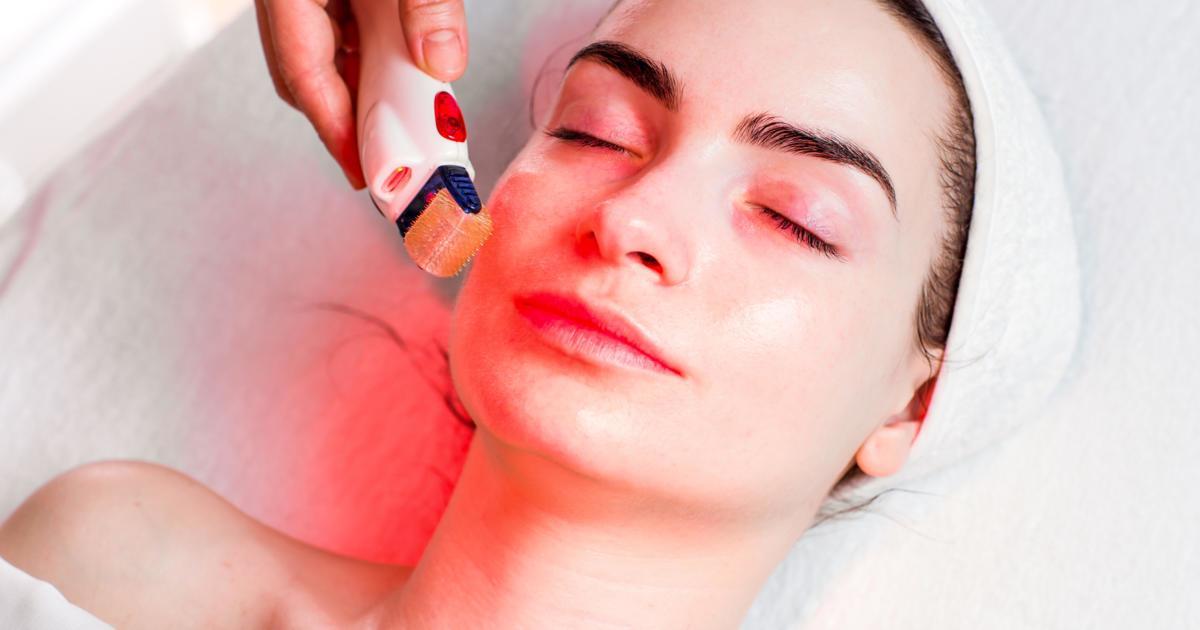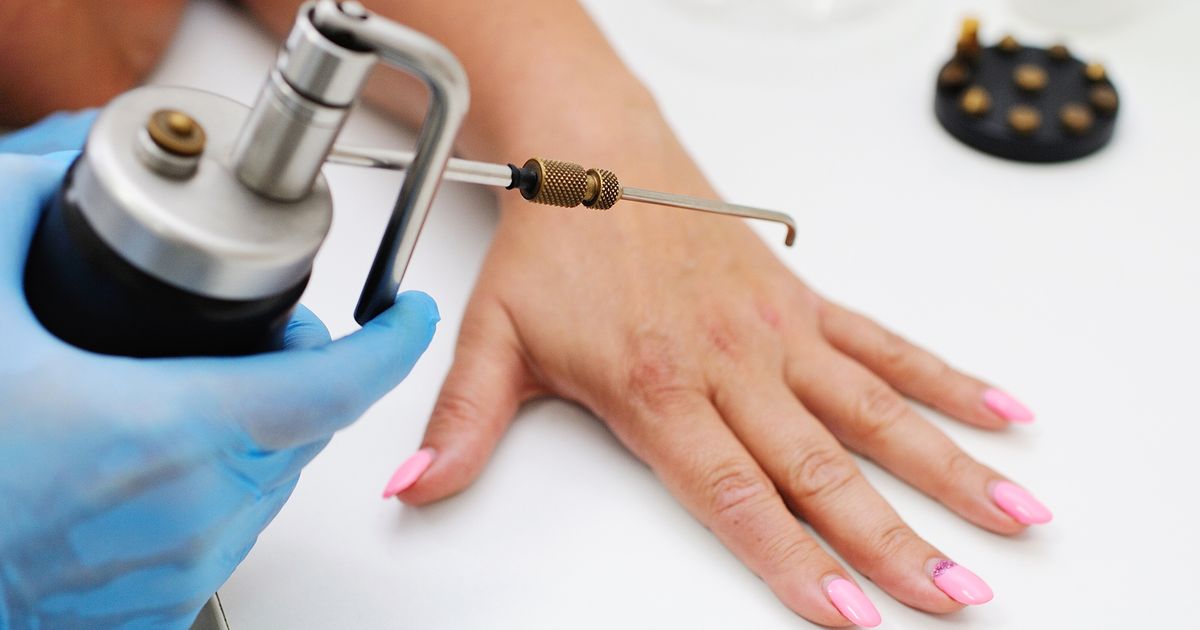Guide To Getting Rid Of Age Spots
Age spots are areas of hyperpigmentation that appear on skin damaged by the sun’s ultraviolet rays. They are also called liver spots, though they have nothing to do with the liver, or solar lentigines. Age spots are benign, but many individuals find them unattractive and want to be rid of them. They are found on parts of the body exposed to the sun, such as the backs of the hands and the tops of the feet, as well as the face, back, shoulders, and arms. They can be freckle-sized or unsightly blotches. Some individuals have only a few age spots while others have many clusters of them. They are not necessarily a consequence of aging, though most develop after individuals turn forty years old. However, they are also seen on younger individuals. Thankfully, there are ways to treat age spots effectively. Get to know these methods now.
Cryotherapy
In cryotherapy, the doctor uses liquid nitrogen to destroy the extra pigment in the age spot. They simply dip a cotton swab in the liquid nitrogen, which is -320.44 degrees Fahrenheit, and apply it to the affected area. Though it is a simple procedure, the patient still needs to prepare for it and have a consultation with their doctor. Some patients have adverse reactions to such extreme cold, and they might be taking blood-thinning medications they will need to stop, at least temporarily, before their treatment. Some dermatologists also recommend for patients to take an antibiotic or painkiller before their treatment.
Keep reading to reveal more options to treat age spots now.
Intense Pulsed Light Therapy

Intense pulsed light therapy uses intense beams of light to destroy the pigment in the affected area. The procedure is not painful, though nervous patients can have a topical numbing agent applied about an hour before the treatment. The treatment itself only lasts a few minutes. Like cryotherapy, intense pulsed light therapy is an outpatient procedure. There will be some redness in the treated area for about two or three hours after the treatment, and for the first day or so the age spots actually start to darken. However, after two weeks they fade or even fall off. They do not return, though other age spots can arise after sun exposure. Dermatologists recommend for patients to avoid direct sunlight for a few days after undergoing intense pulsed light therapy and wear sunscreen if they must go outside.
Uncover more information on how to get rid of age spots now.
